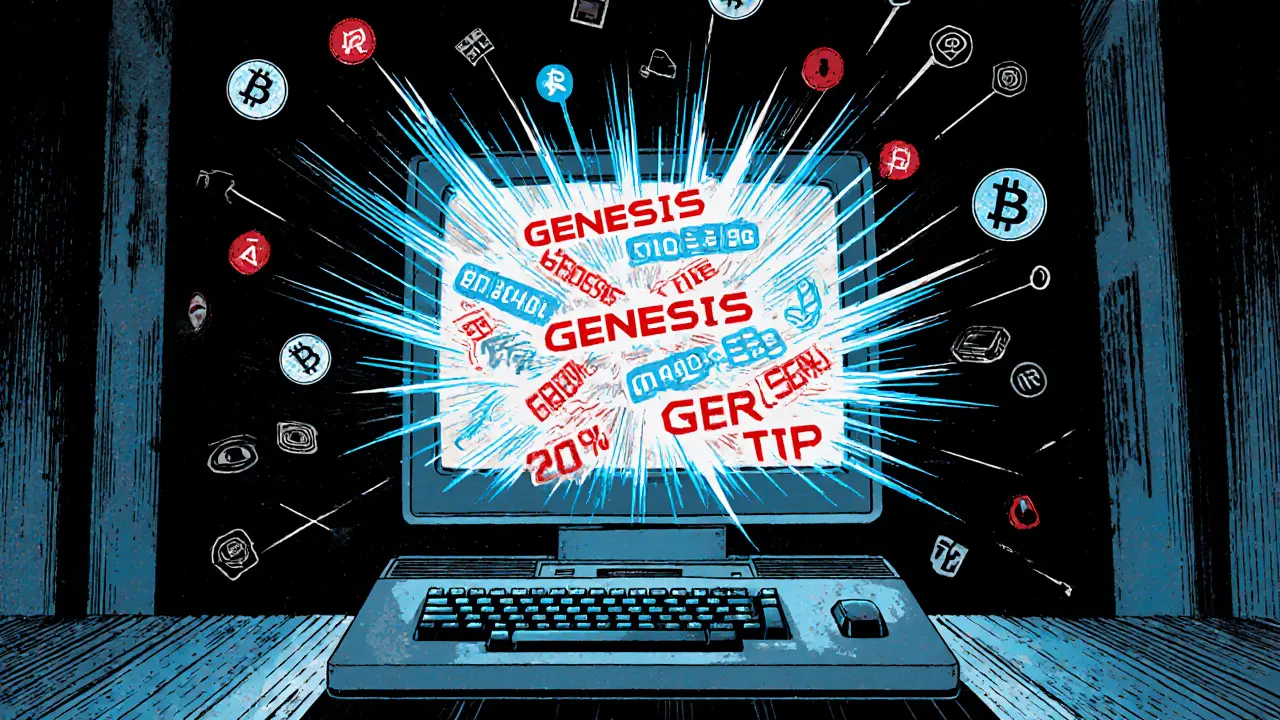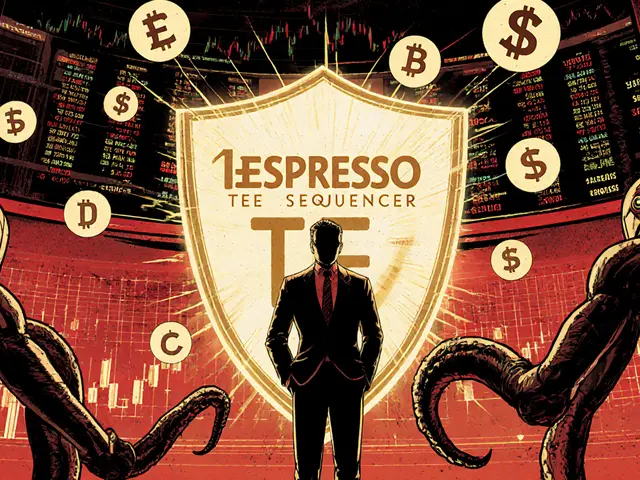Node Synchronization: How Blockchain Nodes Stay in Sync and Why It Matters
When you hear about node synchronization, the process by which blockchain nodes update and agree on the latest state of the ledger. It's what keeps Bitcoin, Ethereum, and thousands of other blockchains from falling apart. Without it, one node might think the latest block is number 200,000 while another thinks it's 199,999—chaos. This isn't just technical jargon; it's the silent engine behind every crypto transaction you make. Think of it like a group of people trying to keep the same calendar. If one person updates their phone with a new event but no one else gets the update, plans fall apart. Blockchain nodes do the same thing—but with transactions, balances, and smart contracts.
Every node in a blockchain network runs software that downloads and verifies new blocks. These nodes talk to each other over a peer-to-peer network, a decentralized system where each participant connects directly to others without a central server. This is what makes blockchains resistant to censorship and single points of failure. But syncing isn't automatic. Nodes must validate every transaction against the rules of the chain—checking signatures, balances, and block headers. If a node falls behind, it pulls missing blocks from its peers. If it gets a bad block, it rejects it. That’s how bad actors can’t just inject fake data. The network self-corrects.
When synchronization fails, things get ugly. You might see double spends, stuck transactions, or even chain splits. In 2021, a misconfigured node on Ethereum caused a temporary fork that lasted 12 minutes. Most users didn’t notice, but miners and exchanges had to scramble. That’s why serious validators and full nodes run monitoring tools—they don’t just sync, they watch for drift. Even small delays can cost money in DeFi or staking rewards.
consensus mechanism, the rule set that tells nodes how to agree on which blocks are valid. This is where node synchronization meets blockchain design. Bitcoin uses Proof of Work, where nodes wait for the hardest block to be found. Ethereum uses Proof of Stake, where validators take turns proposing blocks. Both require nodes to stay in sync—but the stakes are higher in PoS. If your validator node is late by even a few seconds, you could lose part of your stake. That’s why running a reliable node isn’t just for techies—it’s a financial responsibility.
Node synchronization also affects you if you use a wallet, exchange, or DeFi app. Many services run their own nodes to avoid relying on third parties. If those nodes are out of sync, your transaction might show as pending forever—or worse, disappear. That’s why some platforms only confirm transactions after 12 blocks. They’re not being paranoid; they’re being smart.
Behind the scenes, this process relies on data structures like Merkle trees, a way to efficiently verify large sets of data without downloading everything. Bitcoin uses binary Merkle trees to prove a transaction is in a block. Ethereum uses Merkle-Patricia trees to track account states. These aren’t just fancy math—they’re the reason your phone can check your balance in a second without downloading the whole blockchain.
What you’ll find in the posts below isn’t theory. It’s real-world breakdowns of how nodes behave on actual chains—from the quiet reliability of Bitcoin to the high-stakes timing of Ethereum staking. You’ll see how validator slashing happens when nodes fail to sync, how exchanges handle node delays, and why some blockchains ban mining in places where power grids can’t keep up. This isn’t just about technology. It’s about trust, speed, and survival in a system that runs on thousands of independent computers all trying to stay on the same page.






